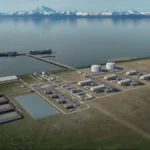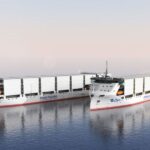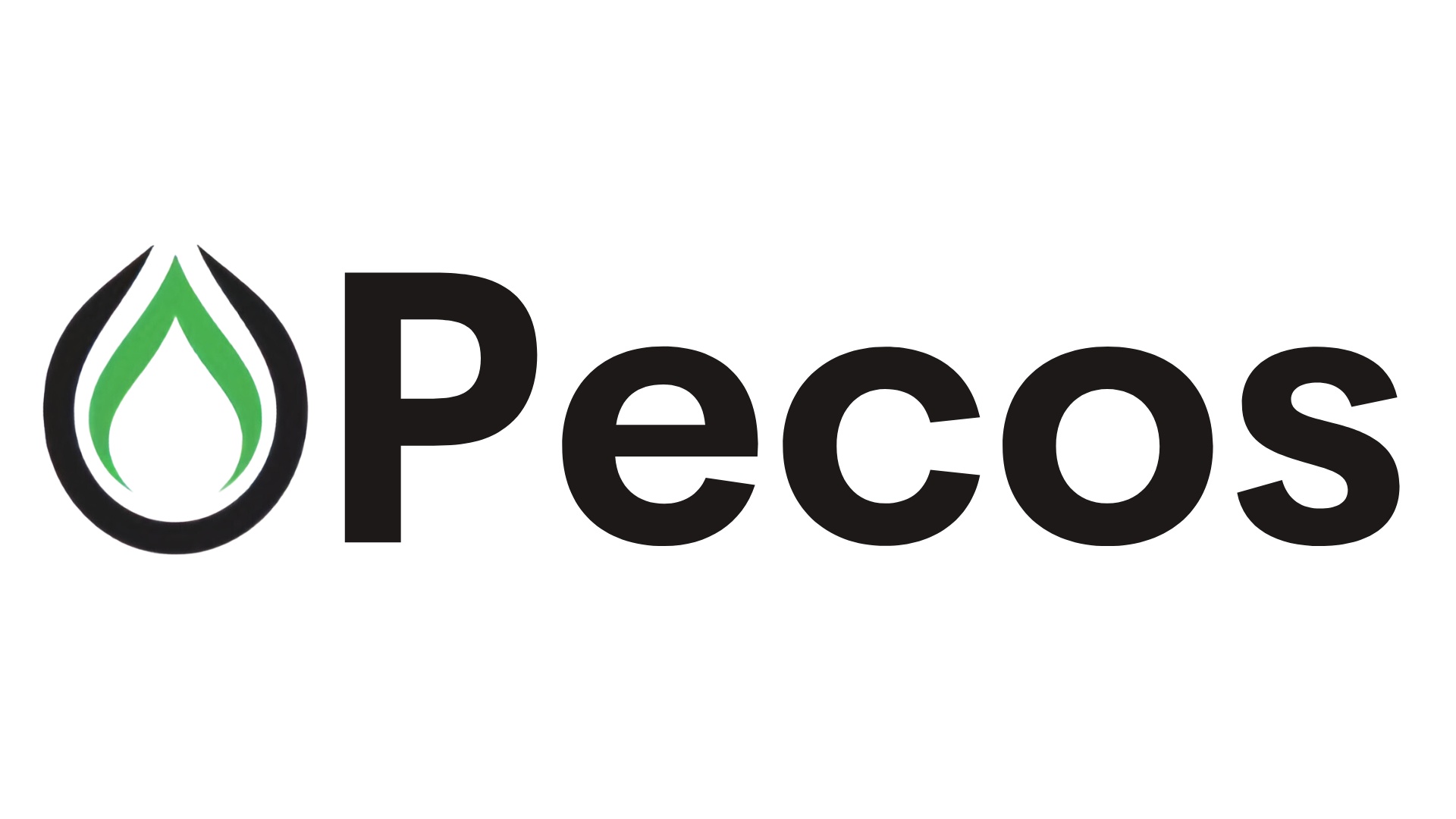Energy News Beat
AGDC stated this via its social media after Philippine Ambassador to the US Jose Manuel Romualdez said that the Philippines plans to procure LNG from Alaska to meet its growing needs to develop the country’s energy sector.
Last month, Glenfarne confirmed to LNG Prime that it had entered into an exclusive agreement with AGDC to develop the Alaska LNG project, including the Alaska export facility, pipeline, and carbon capture facility.
Also, Glenfarne and Enstar Natural Gas Company have entered into an exclusive agreement to advance an LNG import project utilizing the Alaska LNG export site.
Enstar Natural Gas is a utility in Alaska that delivers gas to residential, commercial, and industrial customers, while Glenfarne is developing the 4 mtpa Texas LNG project in the port of Brownsville.
The company’s unit, Texas LNG, is currently working to make a final investment decision on the project.
Glenfarne is also the sole owner and developer of the 8.8 mtpa Magnolia LNG project in Lake Charles, Louisiana.
The company’s founder and CEO Brendan Duval said in a recent op-ed that “Alaska LNG is a competitive, well-positioned energy infrastructure project that will generate over $10 billion of tax revenue for the state and local boroughs, 18,000 direct and indirect jobs during construction, and 1,500 direct and indirect jobs when operating.”
“It just needed the right private developer to join with the state, take it on, and move it forward. That’s us and that’s our role,” he said.
Following the Glenfarne announcement, Trump has ordered the federal government to prioritize the development of the Alaska LNG project due to Alaska LNG’s “critical national importance” and “economic and national security benefits.”
The Alaska LNG project, designed to deliver North Slope natural gas to Alaskans and export LNG across the Pacific, was authorized by Trump’s administration in 2020, was reauthorized by President Biden’s administration in 2022, and is the only federally permitted LNG export facility on the US West Coast.
Advancing Alaska LNG was also mentioned during a meeting between Trump and Japanese PM Ishiba earlier this month.
Trump said the US and Japan will consider “some kind of a joint venture” for Alaska oil and gas.
In addition to Japan and the Philippines, AGDC recently shared posts saying that Taiwan and South Korea may be interested in buying LNG from Alaska.
Taiwan’s CPC already has a long-term contract with US LNG exporting giant Cheniere.
On the other hand, South Korea’s Kogas also imports US LNG and has a stake in the upcoming Shell-led LNG Canada.
Alaska LNG is expected to export up to 20 million tonnes per annum of LNG.
The facility includes three LNG trains, two 240,000-cbm storage tanks, and two jetties to accommodate LNG carriers up to 217,000 cbm.
AGDC received all major federal permits and authorizations for Alaska LNG.
It secured approval from the US FERC to construct the project back in May 2020.
The company previously said that it is pursuing an option to phase Alaska LNG by prioritizing the in-state pipeline portion of Alaska LNG consisting of the 42-inch pipeline from the North Slope to Southcentral Alaska to provide natural gas to avert the looming energy crisis facing the region.
Phase 1 of Alaska LNG does not involve construction of an LNG plant, and as a result has a materially lower capex requirement and construction timeframe, allowing gas transportation as early as 2029-
In June 2024, AGDC and a unit of London-based Pantheon Resources signed a gas sales precedent agreement, which includes, among other conditions, a requirement for the Alaska LNG project to reach FID.
The post AGDC: market interest in Alaska LNG continues to rise appeared first on Energy News Beat.

